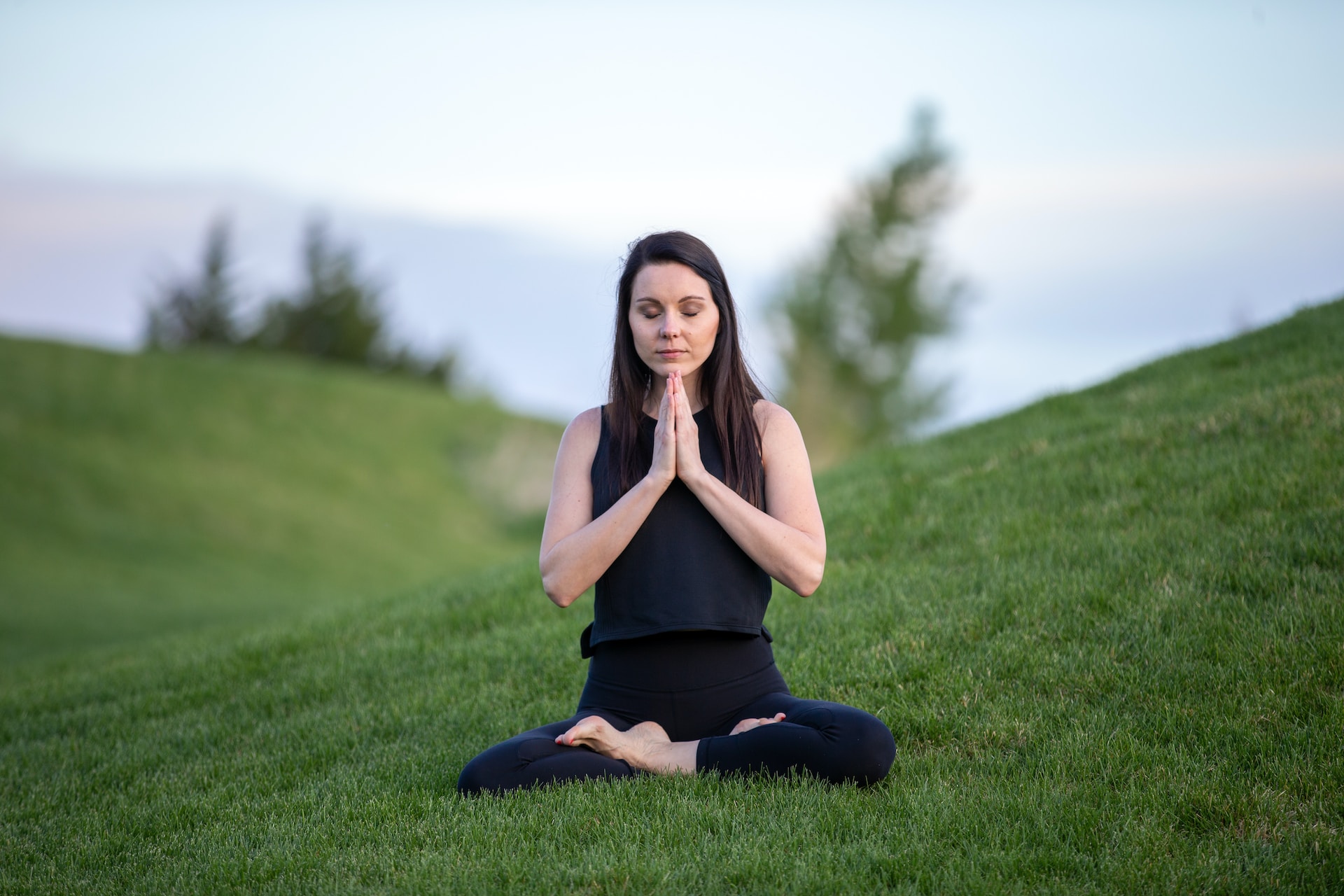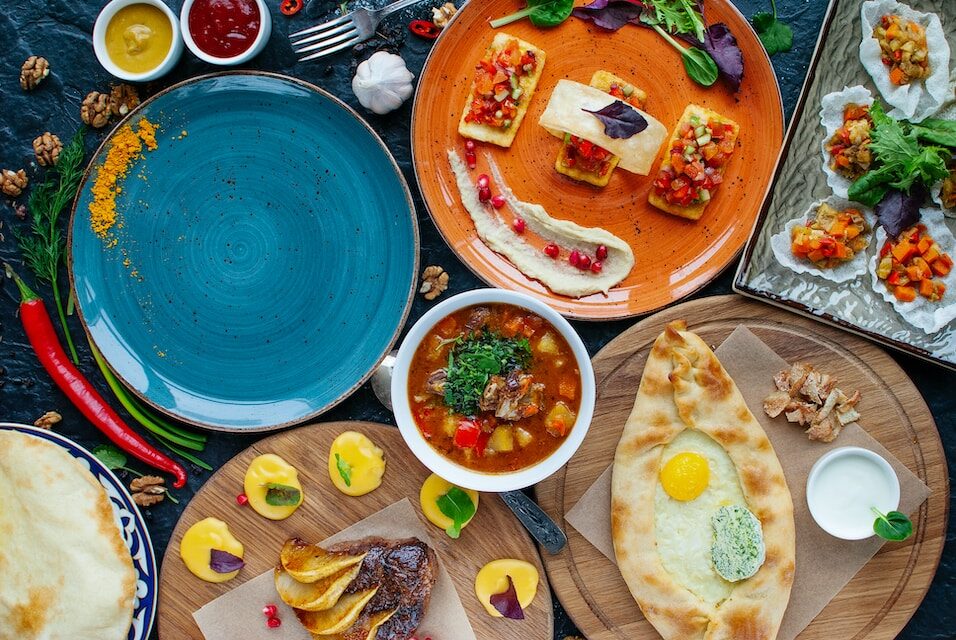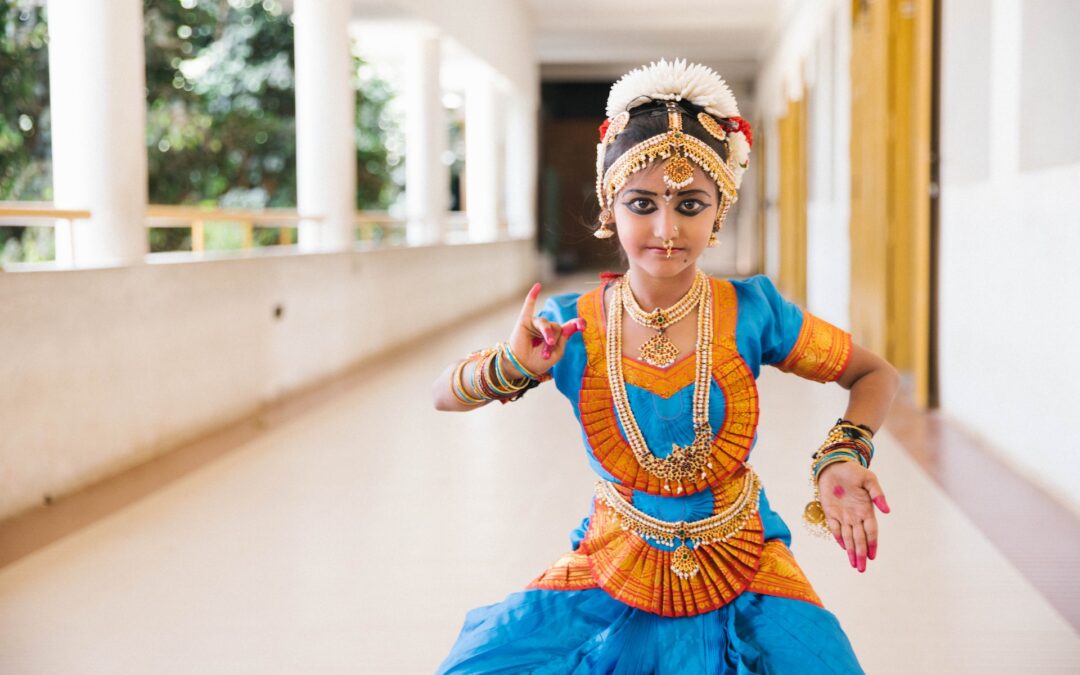In the vibrant tapestry of today’s digital age, social media emerges as a revolutionary force that has transformed the very essence of communication, connectivity, and information consumption. With its omnipresence, social media has seamlessly woven itself into the fabric of our lives, leaving an indelible mark on numerous facets of society, culture being one of its most profoundly influenced domains. The impact of social media on culture stands as a topic of paramount significance, as it indelibly shapes our perceptions and interactions with the world that surrounds us. Within the confines of this article, we embark on an exploration of the multifaceted effects that social media has bestowed upon culture, delving deep into its nuanced implications. We shall embark upon a comprehensive journey that unearths both the positive and negative dimensions, shedding light on the transformative power wielded by social media in the cultural realm. Through this exploration, we strive to unravel the intricate threads that bind social media and culture, offering a deeper understanding of this enthralling relationship and its implications for our society as a whole.
1. Social Media: Redefining Cultural Boundaries
1.1 Global Connections and Cross-Cultural Exchange
Social media platforms such as Facebook, Twitter, and Instagram have facilitated global connections, breaking down geographical barriers [1]. People from diverse cultural backgrounds now have the opportunity to interact and engage with each other, sharing their experiences and perspectives. This cross-cultural exchange has led to the enrichment of cultural diversity, fostering a global sense of community.
1.2 Cultural Invasion and Homogenization
On the flip side, the extensive reach of social media has raised concerns about the potential invasion and homogenization of local cultures [1]. As individuals consume content from different cultures, there is a risk of diluting traditional values and practices. The dominance of certain cultural narratives and trends may overshadow local traditions, leading to a loss of cultural identity.
2. Influence on Cultural Behaviors and Practices
2.1 Fashion and Lifestyle Trends
Social media platforms have become influential spaces for shaping fashion and lifestyle trends. Individuals look up to social media influencers for inspiration and guidance, often emulating their styles and preferences. This has led to the emergence of new cultural norms and aesthetics, driving the evolution of fashion and lifestyle choices.
2.2 Changing Communication Patterns
The way we communicate has significantly transformed due to social media. Platforms like Twitter and Snapchat have introduced new forms of expression and communication, characterized by brevity and visual content. This shift in communication patterns has impacted language usage, popularizing abbreviations, emojis, and hashtags.
3. Cultural Values and Emotional Impact
3.1 Viralization of Cultural Content
Social media plays a pivotal role in determining what content goes viral. Research suggests that emotional posts are more likely to capture users’ attention and be shared widely [2]. However, cultural values influence which emotional posts resonate with different communities. Users tend to be more influenced by content that aligns with their cultural values, reinforcing their beliefs and attitudes.
3.2 Amplification of Cultural Issues and Activism
Social media platforms have become powerful tools for raising awareness about cultural issues and promoting activism. Hashtags and movements spread rapidly, mobilizing individuals to support various causes. Cultural movements like #MeToo and #BlackLivesMatter have gained significant momentum through social media, fostering dialogue and driving social change.
4. The Dark Side of Social Media’s Cultural Impact
4.1 Spread of Misinformation and Fake News
Social media platforms have been criticized for their role in the spread of misinformation and fake news. False narratives can easily go viral, shaping public opinion and distorting cultural perspectives. This has the potential to exacerbate societal divisions and create a climate of distrust.
4.2 Impact on Mental Health and Well-being
The constant exposure to curated and idealized lifestyles on social media can have detrimental effects on individuals’ mental health and well-being. Comparisons, cyberbullying, and the fear of missing out (FOMO) contribute to increased anxiety, depression, and feelings of inadequacy.













0 Comments